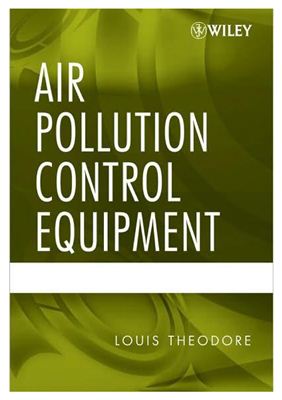John Wiley & Sons, Inc., 2008, - 578 pages.
This book serves two purposes. It may be used as a textbook for engineering students in an air pollution course. It may also be used as a reference book for practicing engineers, scientists, and technicians involved with air pollution control equipment. For this audience, it is assumed that the reader has already taken basic courses in physics and chemistry, and should have a minimum background in mathematics through calculus. The author’s aim is to offer the reader the fundamentals of air pollution control equipment with appropriate practical applications and to provide an introduction to design principles. The reader is encouraged through references to continue his or her own development beyond the scope of the presented material.
This book serves two purposes. It may be used as a textbook for engineering students in an air pollution course. It may also be used as a reference book for practicing engineers, scientists, and technicians involved with air pollution control equipment. For this audience, it is assumed that the reader has already taken basic courses in physics and chemistry, and should have a minimum background in mathematics through calculus. The author’s aim is to offer the reader the fundamentals of air pollution control equipment with appropriate practical applications and to provide an introduction to design principles. The reader is encouraged through references to continue his or her own development beyond the scope of the presented material.

